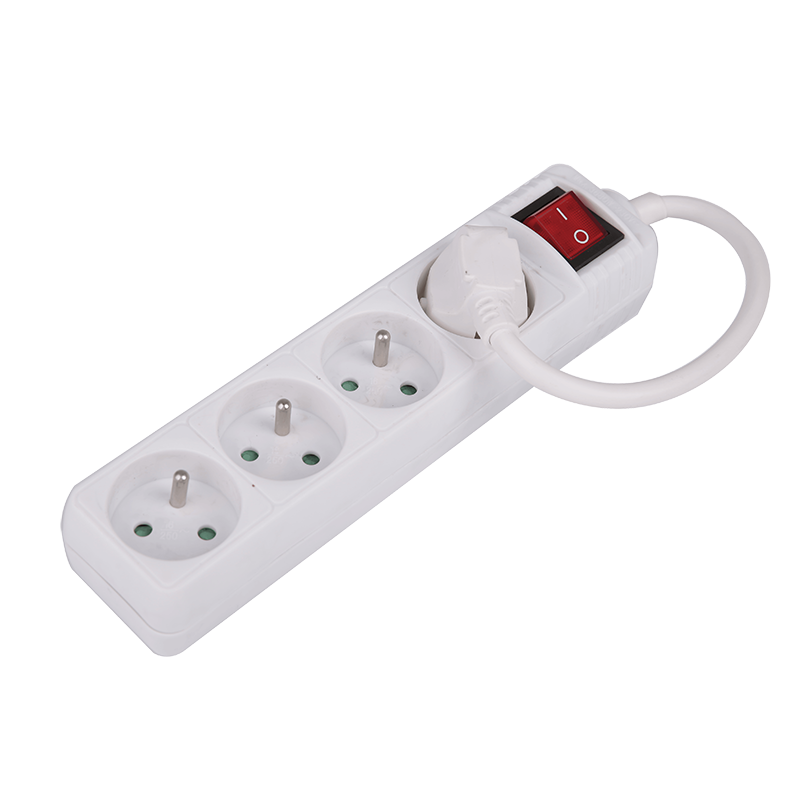Power strips and surge protectors are necessities in many homes today. For smartphones, tablets, streaming media devices and game consoles, we have many toys to plug in. Don't forget the TV, lights and other household items. All these items plugged into the power board will put pressure on it.
Most people may not think too much about how many devices are plugged in at any given time. Did you know that approximately 4,600 home fires each year are caused by excessive use of extension cords and power strips? These fires caused 70 deaths and 230 injuries.

Before sharing some safety tips, I want to explain the difference between each tip. Although this may seem common sense, it is important to understand that they are slightly different.
Have you ever gone to a store and wanted to buy a surge protector, and only realized when you got home that you bought a simple power strip?
The power board and the surge protector power board look almost the same. They are all slender rectangular plastic boxes with multiple sockets for you to plug in multiple devices. However, the surge protector:
May be a bit more expensive;
There may be additional lights near the power button, which will light up when plugged in;
Contains internal components to prevent power spikes and surges from damaging your equipment.
If you order online or buy at your local hardware store, be sure to read the product description to make sure you are buying the correct product. Personally, I recommend purchasing a surge protector for all your household needs. This way you don’t have to guess whether your equipment, TV, computer, etc. are protected.
I have a common misunderstanding that surge protectors can prevent lightning strikes. I learned that lightning strikes are too powerful. Surge protectors prevent current fluctuations transmitted along the power line.
https://www.aoboer.com/

 English
English 简体中文
简体中文 English
English









